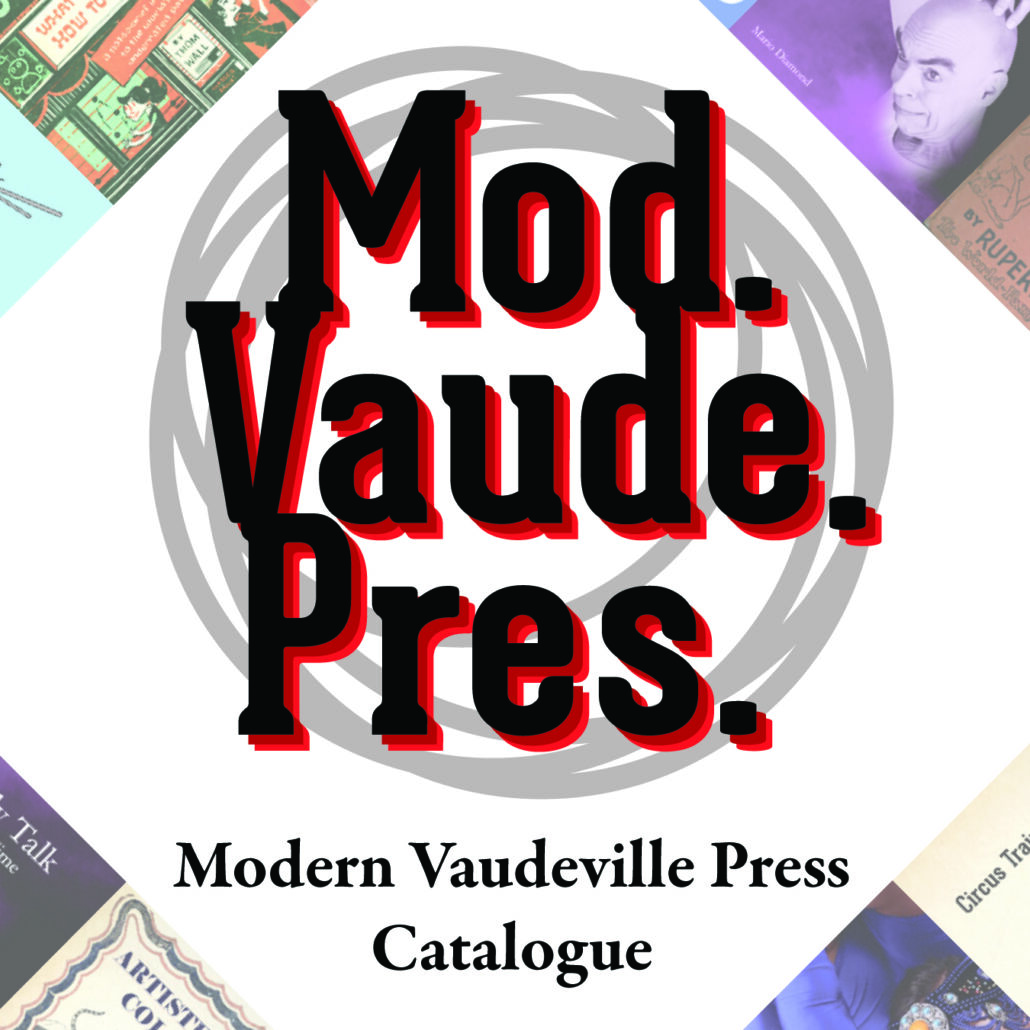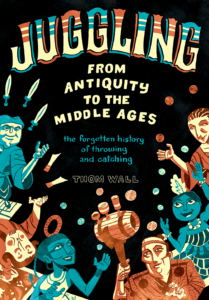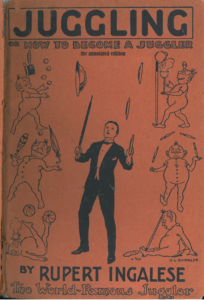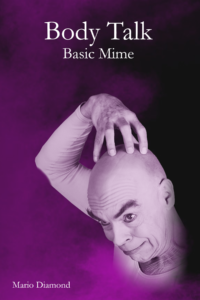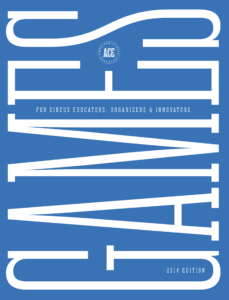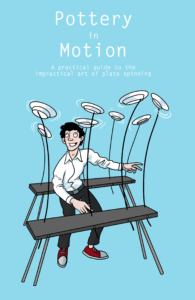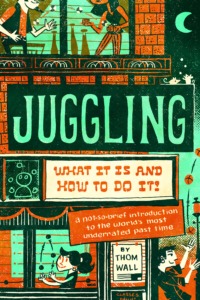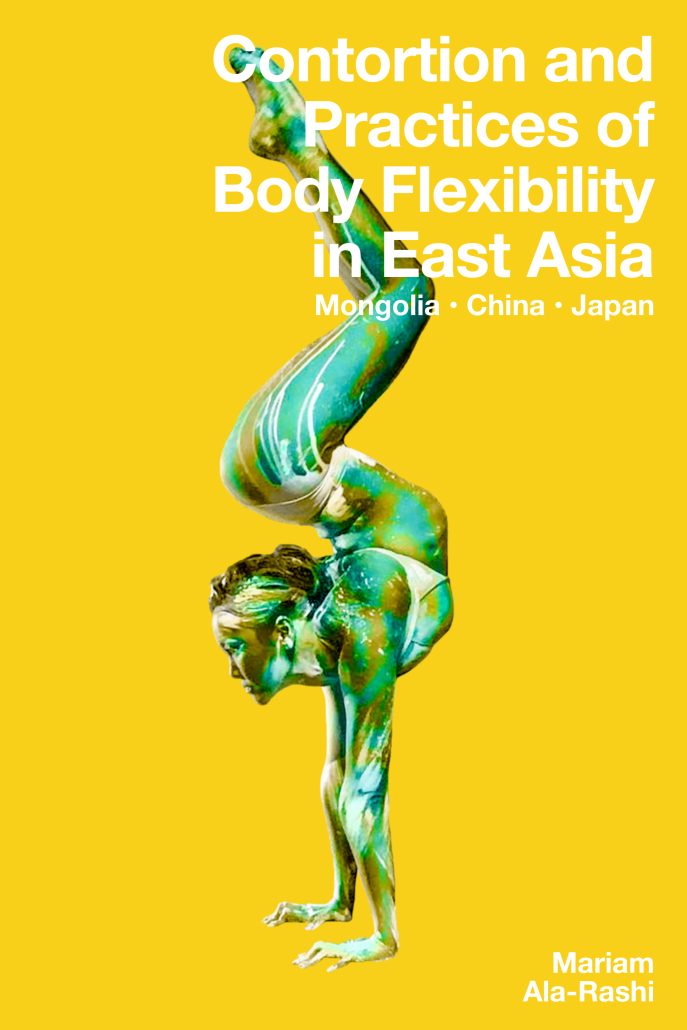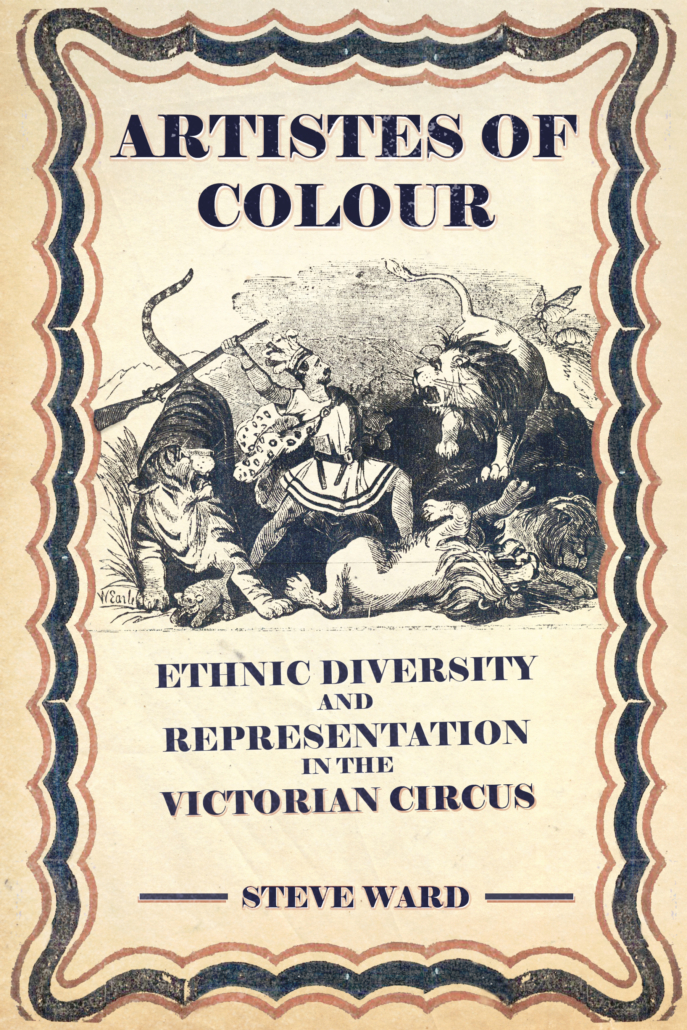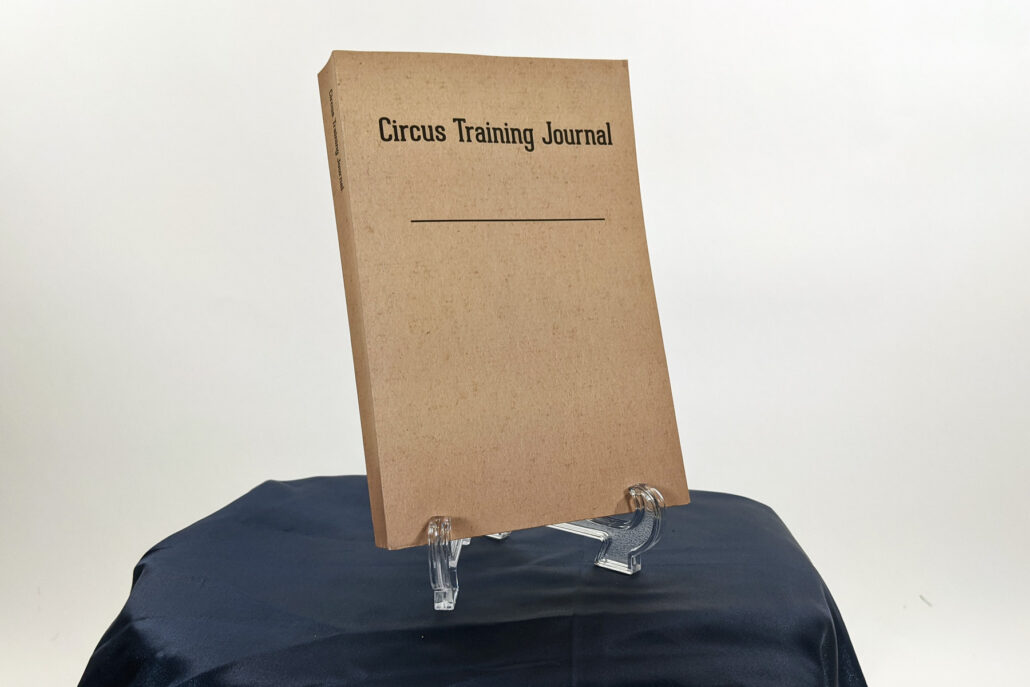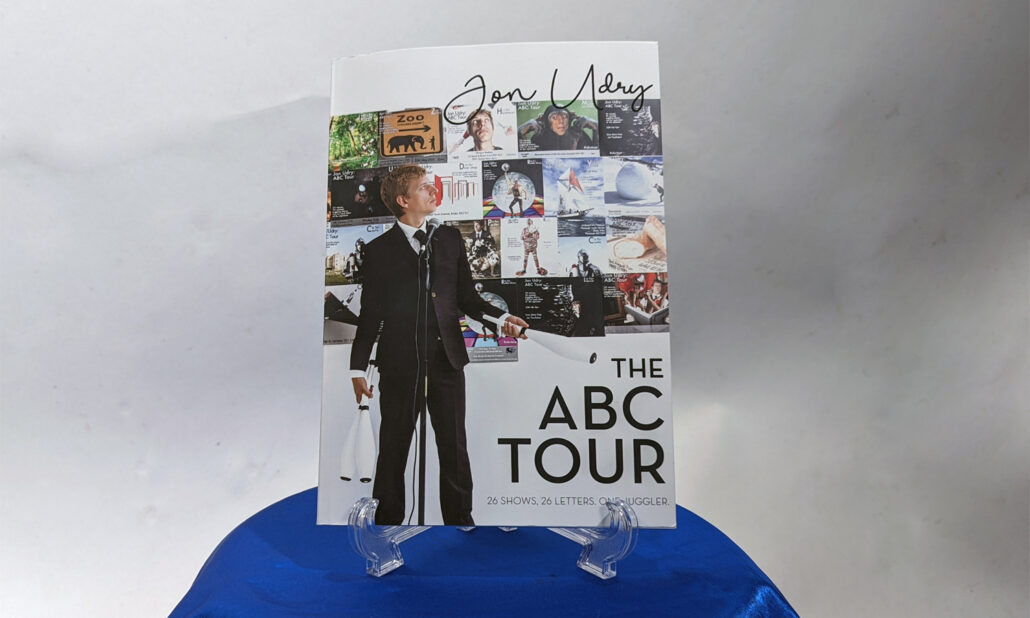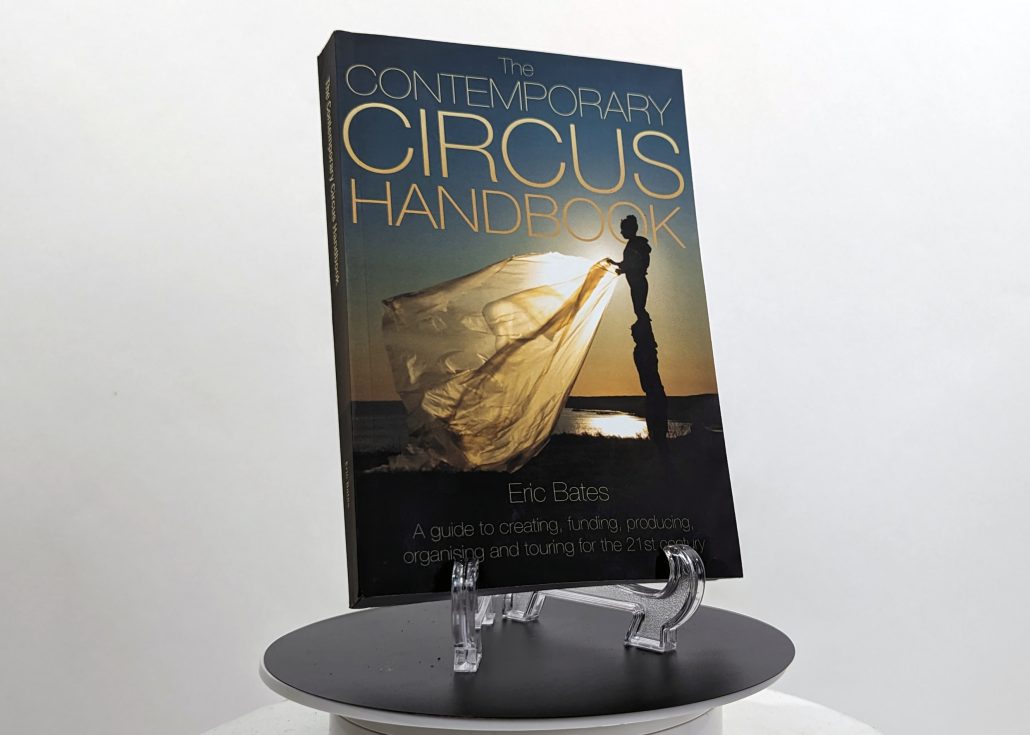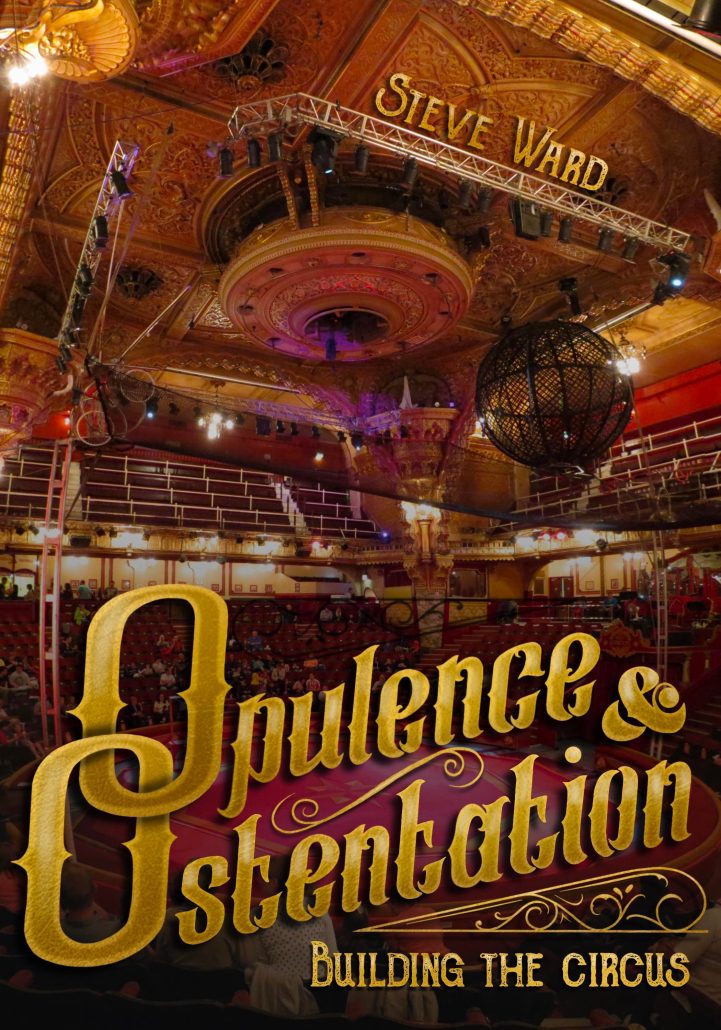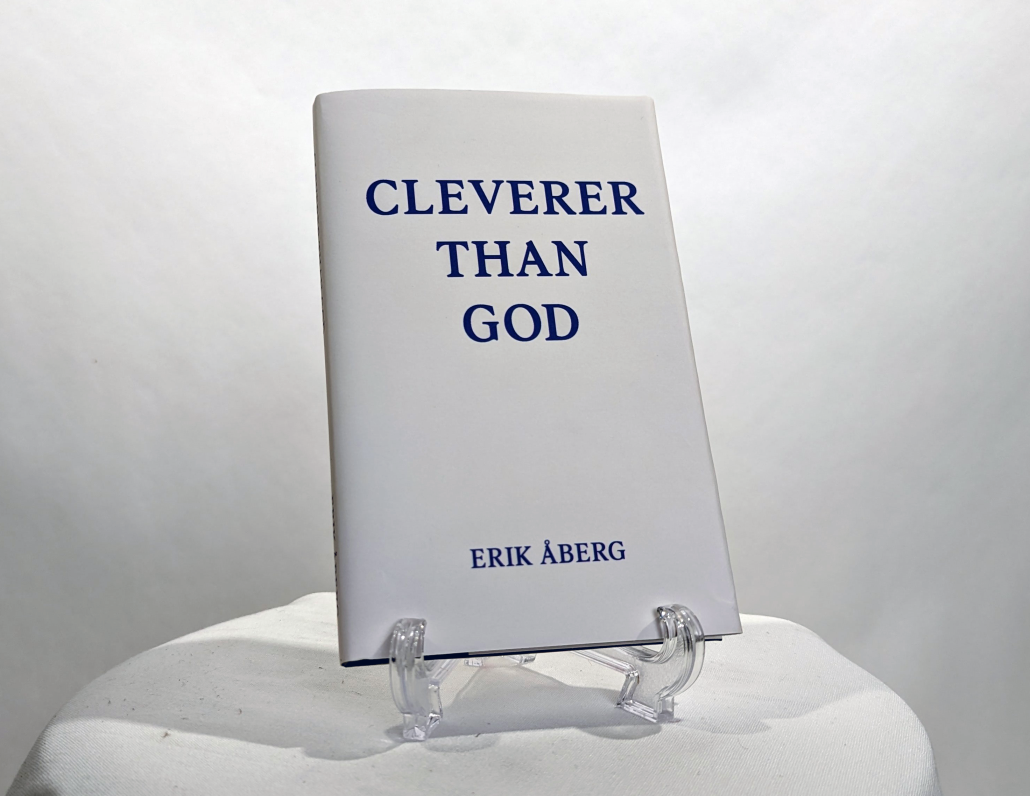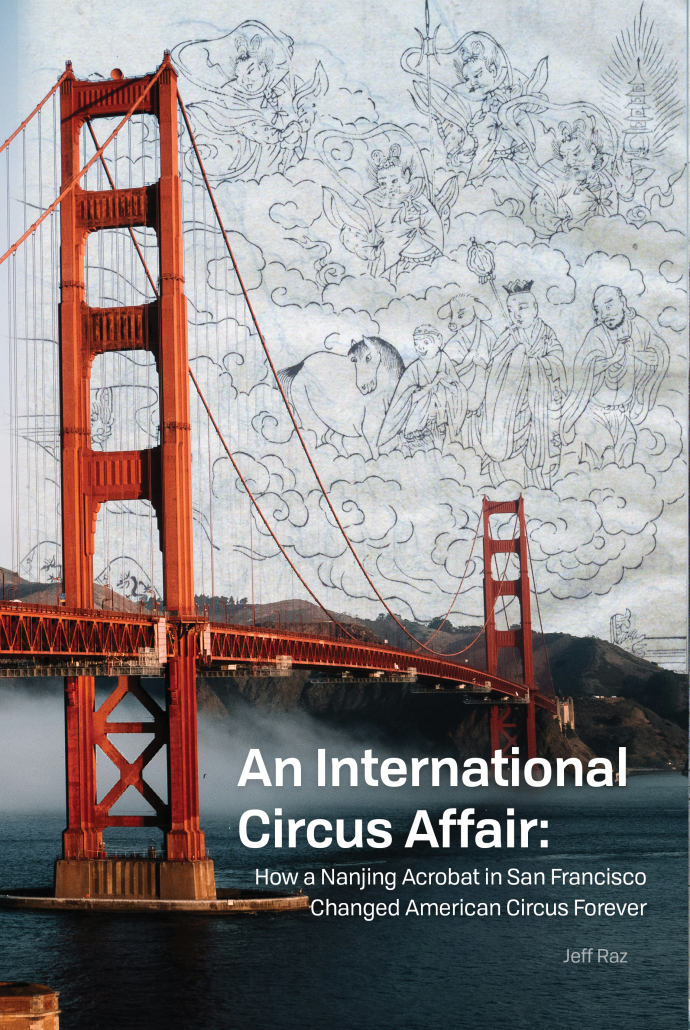Download the 2022 MVP Catalogue here! (.PDF 5.3MB)
Juggling – From Antiquity to the Middle Ages
As with dance, so with juggling—the moment that the performer finishes the routine, their act ceases to exist beyond the memory of the audience. There is no permanent record of what transpired, so studying the ancient roots of juggling is fraught with difficulty. Using the records that do exist, juggling appears to have emerged around the world in cultures independent of one another in the ancient past. Paintings in Egypt from 2000 BCE show jugglers engaged in performance. Stories from the island nation of Tonga place juggling’s creation with their goddess of the underworld—a figure who has guarded a cave since time immemorial. Juggling games and rituals are pervasive in isolated Inuit cultures in northern Canada and Greenland. Though the earliest representation of juggling is 4,000 years old, the practice is surely much older—in the same way that humans were doubtlessly singing and dancing long before the first bone flute was created.
This book is an attempt to catalogue this tangible history of juggling in human culture. It is the story of juggling, represented in art and writing from around the world, across time. Although much has been written about modern jugglers–specific performers, their props, and their routines–little has been said about those who first developed the craft. As juggling enters a golden age in the internet era, Juggling: From Antiquity to the Middle Ages offers a look into the past—to the origins of our art form.
Thom Wall
ISBN – 978-0578410845
Tambien disponible en Espanol!
Juggling – or – How to Become a Juggler (annotated edition)
The fully annotated edition of Rupert Ingalese’s 1921 “how to juggle” manual. This book covers basic juggling technique, tricks with hats and canes, practice methodology, and more. Ingalese’s manuscript provides an interesting look at the state of juggling pedagogy in Britain’s music hall era. Annotations by juggler and circus researcher Thom Wall bring insight and context to Ingalese’s descriptions and instructions.
Rupert Ingalese, with annotations by Thom Wall
ISBN – 978-1733971201
Body Talk – Basic Mime
Body Talk: Basic Mime covers the fundamental skills of mime in an easily accessible workbook format. Diamond brings over 40 years of teaching and performance experience to Body Talk, which includes rich photography illustrating various mime techniques.
“[Body Talk: Basic Mime] should be required reading for any theater participant looking to incorporate elements of mime into their routines.” – Midwest Book Review
Mario Diamond
ISBN – 978-1733971218
Artistes of Colour: ethnic diversity and representation in the Victorian Circus
Circus Training Journal
The ABC Tour
The Contemporary Circus Handbook
Opulence & Ostentation: Building the Circus
Since the foundation of the ‘modern’ circus in the eighteenth century, the circus has been presented in defined spaces. Initially, performances were given in the open air and, over a period of time, these spaces first became enclosed and then later roofed. Temporary wooden structures often became semi-permanent until, in the nineteenth century, many permanent stone-built buildings were erected solely for the purpose of presenting circus. This phenomenon spread from the UK across Europe and beyond, creating a style of circus architecture that has never been repeated. The purpose of this book is to examine what caused these buildings to be constructed and their design and architecture. Examples of key structures will be explored in detail, some of them still surviving today and still being used for circus performances. The book will also look at the developments of contemporary circus architecture and raise questions as to the future of the circus building.
By Steve Ward
Edited by Thom Wall
ISBN – 978-1-958604-02-1
Cleverer than God
Cleverer Than God is a book that tells the story of Paul Cinquevalli, a juggler who rose from the Circus circuit of the 1880s, to attain celebrity status in the British Music Hall and American vaudeville stages until the outbreak of WWI.
Through quotes by Cinquevalli himself, woven together with excerpts from journalists and writers of his era, the book tells his story as poignant fragments, capturing the essence of Cinquevalli’s triumphs, defining moments, and heart-rending tragedies.
The author, Erik Åberg, is a PhD student at the department of Circus at Stockholm University of the Arts.
5×8″, appx 120pp, hardback with blue digital cloth finish
ISBN: 978-1-958604-11-3
An International Circus Affair
In 1989, the Artistic Director of a San Francisco circus, Judy Finelli, met briefly with Lu Yi, the Director of the Nanjing Acrobatic Troupe, in upstate New York. It was, as Judy now calls it, “a moment that changed circus forever.” Lu Yi would move to San Francisco to teach the 2000-year-old art of Chinese acrobatics to the jugglers, clowns and aerialists of Judy’s 15-year old Pickle Family Circus.
This book looks at the 20 years after Lu Yi’s arrival and how his acrobatic training and his students’ prowess changed San Francisco and Nanjing, as well as circuses around the world, including Cirque du Soleil and The 7 Fingers.
312 pages, 6×9″ paperback, 70lb paper
Print ISBN – 978-1-958604-24-3
eBook ISBN – 978-1-958604-25-0
Library of Congress – 2024917416
MVP | Amazon (coming soon)

